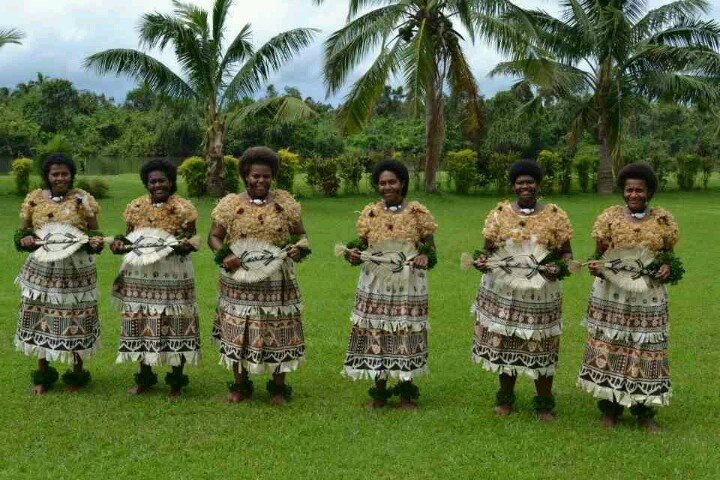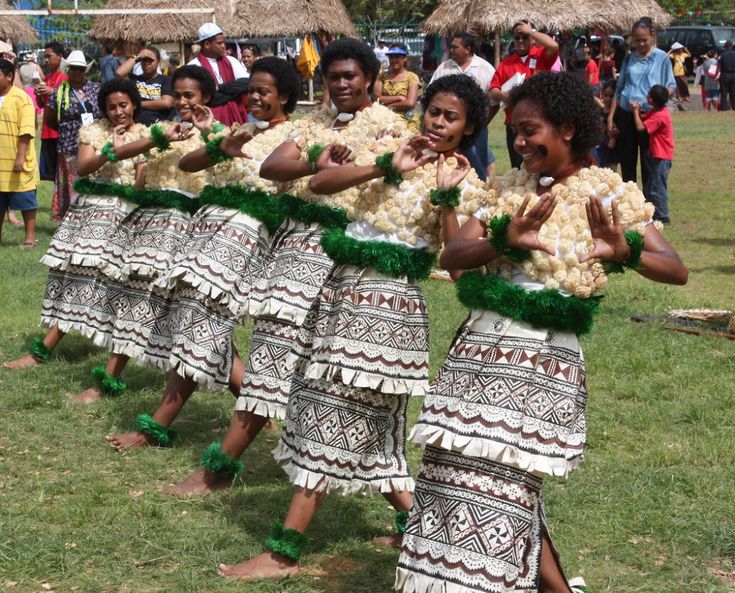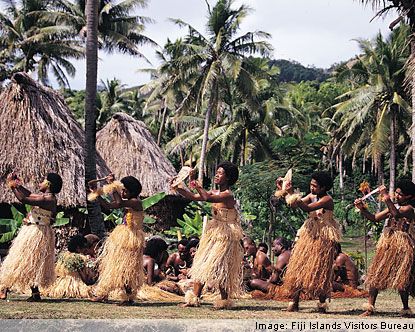One of the most fascinating aspects of Fijian culture is its traditional clothing, especially the sulu, a garment that holds deep cultural significance. Let’s take a journey into the world of Fijian traditional attire to understand its history, uses, and how it continues to influence modern Fiji.
The Sulu: Fiji’s Iconic Wraparound Cloth
The sulu is the most recognizable piece of traditional Fijian clothing. It is a versatile wraparound skirt-like garment worn by both men and women. The sulu is similar in style to the sarong or pareo found in other Pacific and Southeast Asian cultures, but it has its unique Fijian identity.
Types of Sulu
There are two main types of sulu:
- Sulu Vakaviti (Traditional Sulu): This version is usually made from natural materials like barkcloth (known as masi) and decorated with intricate patterns. These sulus are often worn during ceremonies and celebrations.
- Sulu Vaka-Toga (Formal Sulu): This is a tailored version made from fabric like cotton or polyester, designed with pockets and sometimes pleats. It is commonly worn in professional and formal settings, often paired with a shirt and tie for men or a blouse for women.
Cultural Importance
The sulu is more than just clothing—it is a symbol of respect and cultural pride. For example, in traditional Fijian ceremonies, wearing a sulu shows humility and respect for the occasion. Schools, workplaces, and even the military in Fiji incorporate the sulu as part of their uniforms, highlighting its role in daily life.
Beyond the Sulu: Other Traditional Fijian Clothing
While the sulu is the most popular garment, Fijian traditional clothing includes other elements that tell a story about the people and their way of life.
Masi (Tapa Cloth)
Masi, also known as tapa cloth, is made from the bark of the mulberry tree. It is hand-painted with geometric patterns and symbolic designs using natural dyes. Masi is often used to make ceremonial clothing or as decorative pieces during weddings, funerals, and festivals.

Lei and Wreaths
Floral leis and garlands are common in Fiji, often worn around the neck or on the head. These are made from fresh flowers, leaves, and shells, symbolizing joy and connection to nature. They are usually worn during celebrations, welcoming ceremonies, and traditional dances.

Grass Skirts and Coconut Shell Accessories
For cultural performances and traditional dances like the meke, performers often wear grass skirts and accessories made from coconut shells or woven pandanus leaves. These outfits are lightweight and allow for ease of movement while highlighting the beauty of natural materials.

Modern Adaptations of Traditional Clothing
Fiji has embraced its traditional attire while blending it with modern fashion. Today, you can see people wearing sulus in casual, formal, and even festive styles. Designers often incorporate traditional patterns and motifs into contemporary clothing, making Fijian fashion a blend of heritage and innovation.
For men, tailored sulus paired with Western-style shirts have become a staple for events like church services and weddings. For women, sulu dresses with bright floral prints are popular, especially during celebrations. The vibrant colors and patterns reflect Fiji’s natural beauty and cultural richness.

Preserving the Legacy of Fijian Attire
Traditional Fijian clothing is not just about fashion—it is a living tradition that connects the past to the present. Efforts are being made to preserve the techniques of making masi, weaving, and crafting traditional garments. Cultural festivals and workshops play a crucial role in teaching younger generations about their heritage.
By wearing and celebrating traditional attire, Fijians honor their ancestors and ensure that their cultural identity remains strong in a rapidly changing world.
Conclusion
Traditional Fijian costumes, especially the versatile sulu, are a vital part of Fiji’s cultural fabric. They represent the island’s history, values, and connection to nature. From the intricately crafted masi to the vibrant grass skirts of traditional dances, Fijian clothing tells a story of creativity, respect, and pride.
If you ever visit Fiji, don’t miss the chance to wear a sulu or see a traditional meke performance. It’s a beautiful way to experience the culture and connect with the warm spirit of the Fijian people.


